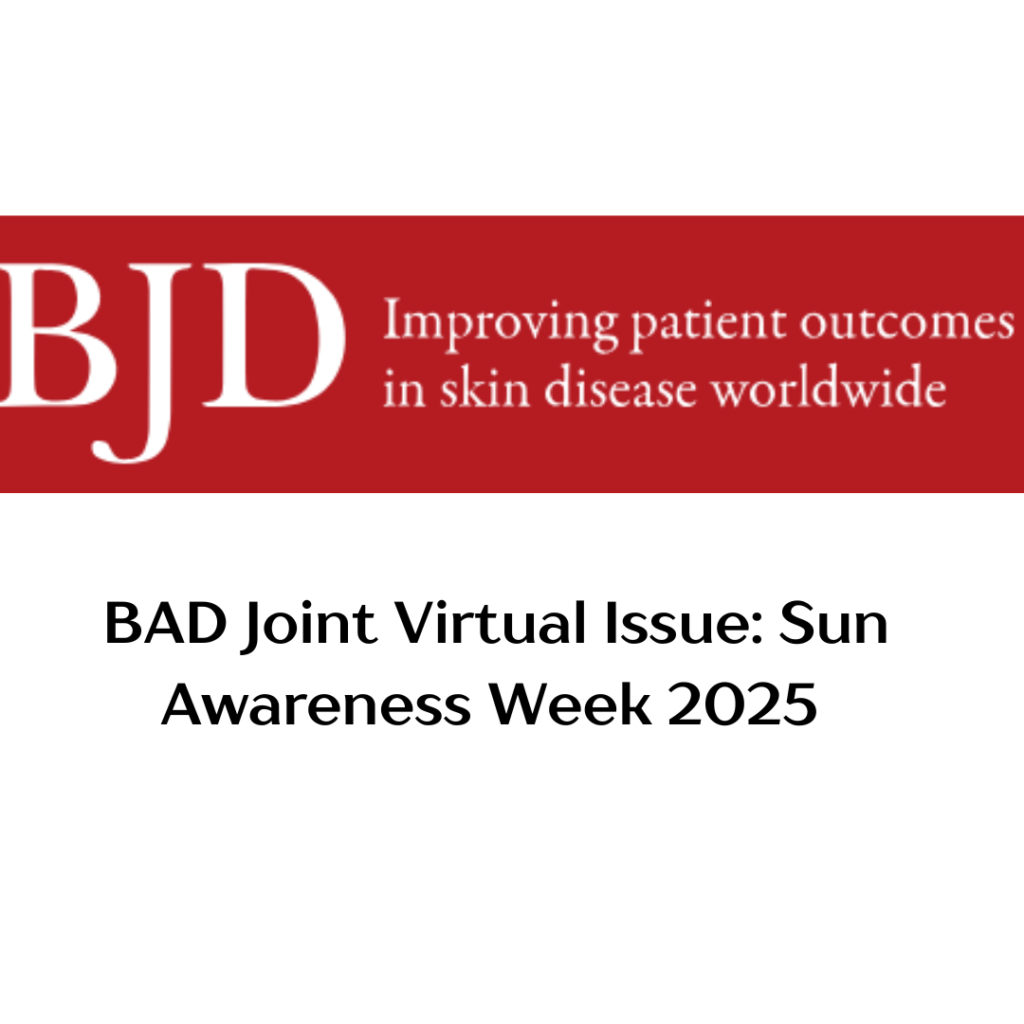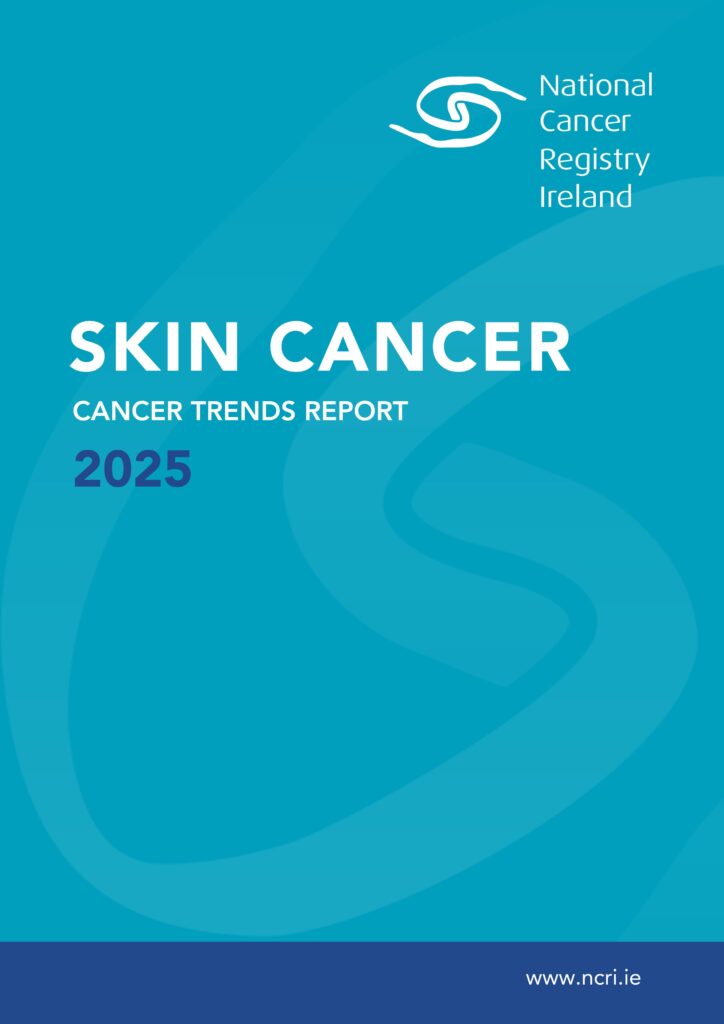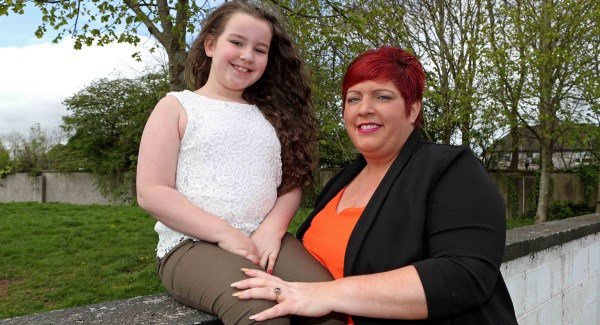Ultraviolet radiation (UV) is a component of sunlight. We know that overexposure to UV radiation can cause skin damage and skin cancer, but did you know that UV radiation can also harm your eyes increasing your risk for developing cataracts and other eye diseases.
Risk factors; People of all ages, including children and teenagers, who spends time outdoors is at risk for developing eye diseases from UV radiation. UV radiation levels are influenced by many factors including, your location, time of day, time of year, altitude, reflection and cloud cover. Certain medications also increase your body’s sensitivity to UV radiation.
Cumulative; UV exposure to the eyes and skin is cumulative which means, it adds up throughout our lifetime. Outdoor workers, people who partake in outdoor activities such as cycling, fishing and water sports are more at risk. Children generally spend much more time outdoors than adults, so with this in mind ensure your children’s eyes are protected with sunglasses with the CE mark.
What to look for when buying sunglasses? According to The Irish College of Ophthalmologists, choose glasses that block 100% of UV rays. Use only glasses that block both UV-A and UV-B rays and carry the CE mark. Don’t go by darkness of the lenses, which doesn’t indicate strength of UV protection.
What is the CE mark? CE marking on a product is a manufactures declaration that the product meets the requirements of the relevant EU directives and regulations. The European standard is EN 1836:2005.
Practical tips
- Choose glasses that are close-fitting, wrap-around style which will limit UV rays entering the sides and top of glasses in order to protect the eyes and the delicate skin around your eyes.
- Wear a hat, preferably a broad-brimmed hat, along with sunglasses and sunscreen.
- Clouds don’t block UV light. Over 90% of UV can pass through light cloud.
- Wear sunglasses all year round, especially from the end of March to September, when the intensity of UV radiation is greatest in Ireland.
- Reflection; UV rays can come from many directions. They radiate directly from the sun but are also reflected from many surfaces, for example sea surf (white foam) can reflect 25-30% of UV, white sand reflects approximately 15% of UV, while a concrete footpath can reflect up to 12% of UV radiation, so take care and protect your eyes and skin. On the flip side, winter UV eye safety for skiers and snowboarders is important as a staggering 80% of clean snow reflects sunburning UV radiation.
- If your contact lenses block UV rays, you still need to wear sunglasses. These UV blocking contact lenses only protect the part of the eye under the lens. The other part of the eye is left susceptible to harmful UV rays, therefore that is why it is important to wear sunglasses.
- There are certain medications that can increase your body’s sensitivity to sunlight, therefore it is necessary to take extra precautions if you are taking these medicines.
- Seek shade, particularly between 11am – 3pm, when UV rays are strongest.
Wearing the wrong sunglasses can damage your eyes, consult with your local optician.












